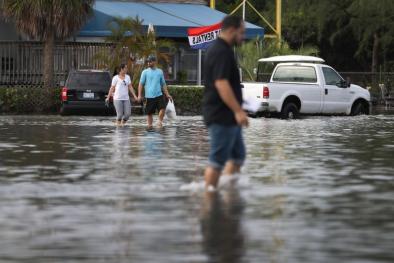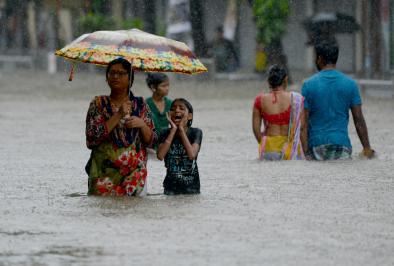Science Source
Robust Stormwater Management in the Pittsburgh Region: A Pilot Study
Key Findings
Analysis of Future Vulnerability
- Simulations of the recent past suggest that sewer overflow volumes are up to 15 percent higher than previously estimated
- Future rainfall, population, and land-use changes could further increase overflow volumes
Strategies to Reduce Future Overflow
- Expanding wastewater treatment plant capacity or cleaning existing deep interceptors could represent low-regret, near-term options
- Large-scale investments in source reduction, or combining source reduction with treatment expansion and/or interceptor cleaning, could help reduce sewer overflow, but with a wide range of uncertainty regarding cost-effectiveness and relative strategy performance
- None of these combined strategies, even including substantial source reduction investments, fully eliminates sewer overflows in current or plausible future conditions
GSI Cost-Effectiveness
- GSI strategies, evaluated in isolation, yield poor cost-effectiveness for overflow reduction under commonly used rainfall, capital cost, and GSI performance assumptions
- GSI and other source reduction strategies are more cost-effective in higher rainfall scenarios, and could provide hedging value against future climate change
Related Content
Headline

Nov 15, 2017 | Washington Post via Associated Press
The Latest: Death toll in Greek floods rises to at least 9
Headline

Nov 9, 2017 | AP News
In harsh corner of Uganda, herders fight climate change
Headline

Oct 6, 2017 | Slate
Massive October King Tide Gives Miami Another Taste of Climate Change
Headline

Aug 30, 2017 | Pacific Standard
How Climate Change Contributed to Massive Floods in South Asia


